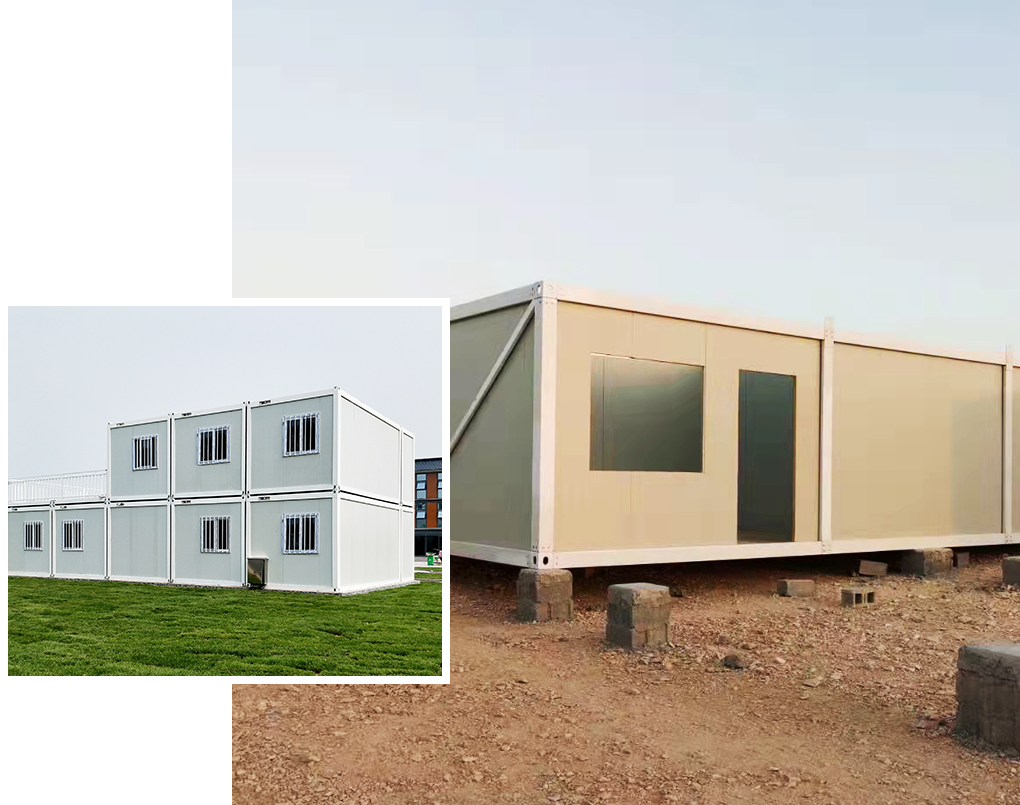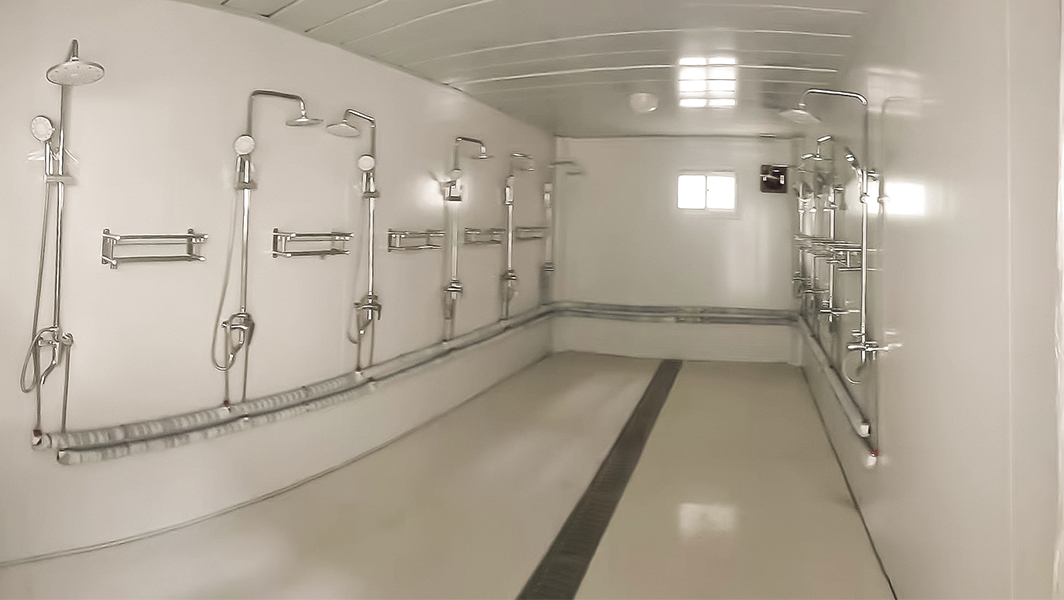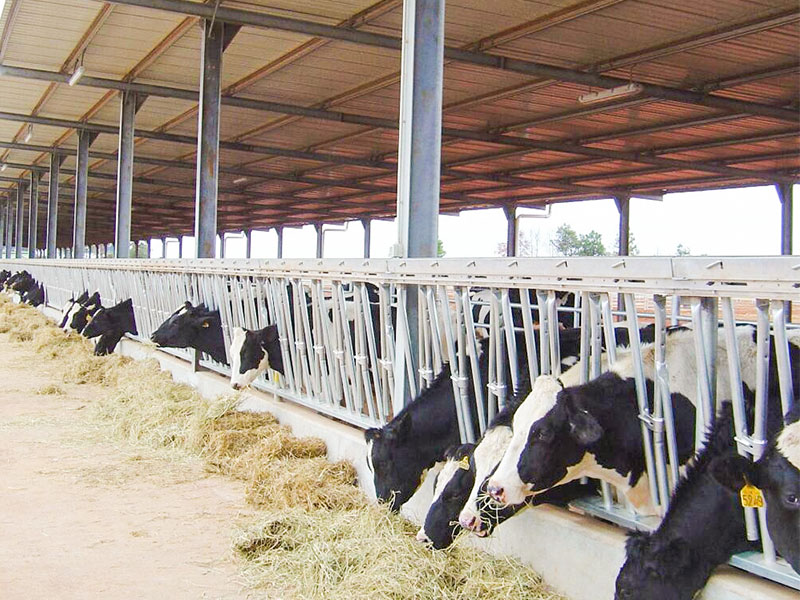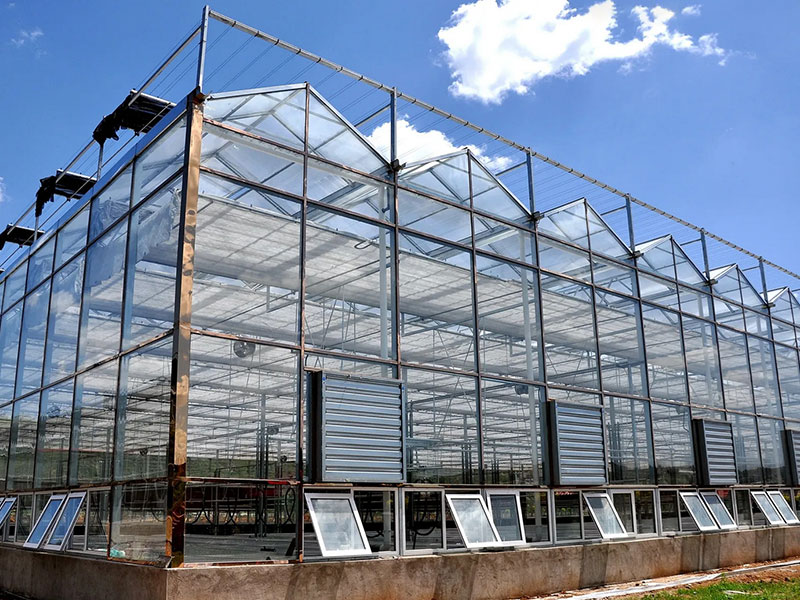Steel Frame Greenhouse: A Smart and Sustainable Tool for Modern Agriculture
With the continuous development of modern agriculture and ecological horticulture, greenhouse construction is evolving toward greater intelligence and scale. Among various greenhouse types, the steel frame greenhouse has become one of the most popular choices due to its strong structure, long service life, and excellent scalability. A steel frame greenhouse is built primarily with steel as the structural framework and is typically covered with materials such as glass, polycarbonate (PC) panels, or plastic film. It is widely used in agricultural cultivation, flower breeding, ecological displays, and scientific research.
Outstanding Structural Advantages
The steel frame greenhouse utilizes high-strength steel as its main support material, offering excellent stability and strong resistance to wind and snow. It can effectively withstand harsh weather conditions, ensuring the safe growth of crops inside. Compared with traditional wooden structures or simple plastic tunnels, steel frames are far more durable. With a typical design life of over 20 years and low maintenance requirements, they are well-suited for long-term use.
Multifunctional and Intelligent Features
Modern steel frame greenhouse can be equipped with a variety of smart systems according to operational needs, such as automatic ventilation, drip irrigation, heating or cooling units, and LED supplemental lighting. These integrated systems form a fully automated environmental control loop. This smart management not only saves labor but also significantly improves planting efficiency and crop quality, achieving stable and high-yield production.
Wide Range of Applications
The steel frame greenhouse is widely used in diverse agricultural activities such as vegetable cultivation, fruit seedling production, and medicinal herb farming. In horticulture, it is also popular for the propagation of flowers, ornamental plants, and landscape greenery. Many urban ecological parks, agritourism bases, and research institutions adopt steel frame greenhouse as key platform for showcasing and studying green technologies, combining ecology with innovation to create sustainable environments.
Environmentally Friendly and Sustainable
The steel frame greenhouse aligns with the principles of sustainable development. Its steel structure is recyclable, and the covering materials can be upgraded or replaced as needed, greatly reducing material waste. Additionally, its energy-efficient design and intelligent control systems help minimize energy consumption, contributing to the advancement of green agriculture.
In summary, the steel frame greenhouse stands out in terms of structural integrity, intelligent management, and broad applicability. It also aligns perfectly with the modern agricultural demands for efficiency, environmental protection, and sustainability. As technology continues to evolve, the steel frame greenhouse will play an increasingly vital role in the global modernization of agriculture.
 English
English  français
français  Deutsch
Deutsch  tiếng việt
tiếng việt  русский
русский  Español
Español  العربية
العربية  Latinae
Latinae  Indonesia
Indonesia 



